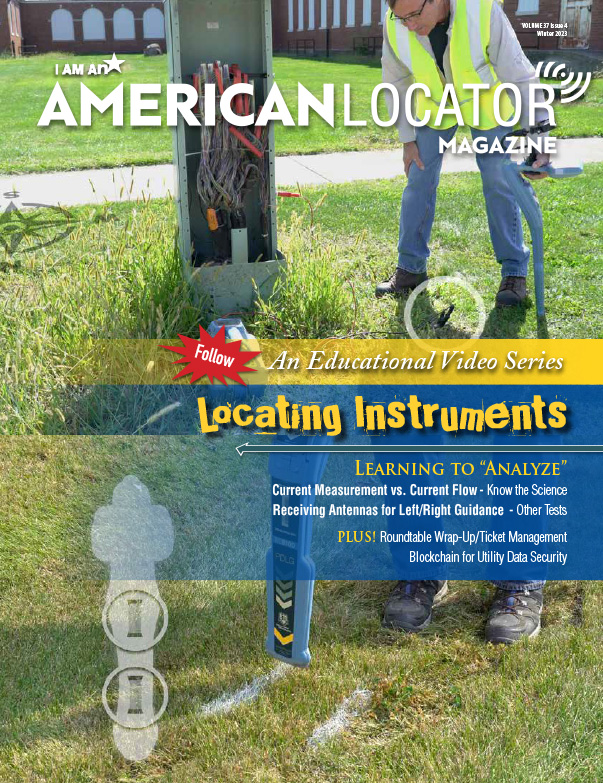(Analyze) Receiving Antennas for L/R Guidance: Part 1
On this locate, we’ve constructed a loop of wire. From the access point, we travel 300 feet north and then right back down to the south. So, we have about 600 feet of wire. This is a test scenario, so that we can take a look at not-round fields. And depending on the instrument, we’ll see different results (Figure 1).
We’re going to look at the different ways that two antennas can give the operator left-right guidance. Depending on the manufacturer, it’s done one of three ways. One is peak and null antennas working together (Figure 2).
They do not agree (Figure 3), but we’re concerned in this exercise with the left-right, but we want to tell whether there’s a difference between the left-right guidance and the highest peak number (Figure 4). And we’re also going to keep our eye on depth.

This Story is a Subscriber Exclusive.
On this locate, we’ve constructed a loop of wire. From the access point, we travel 300 feet north and then right back down to the south. So, we have about 600 feet of wire. This is a test scenario, so that we can take a look at not-round fields. And depending on the instrument, we’ll see different results (Figure 1).
We’re going to look at the different ways that two antennas can give the operator left-right guidance. Depending on the manufacturer, it’s done one of three ways. One is peak and null antennas working together (Figure 2).
They do not agree (Figure 3), but we’re concerned in this exercise with the left-right, but we want to tell whether there’s a difference between the left-right guidance and the highest peak number (Figure 4). And we’re also going to keep our eye on depth.

